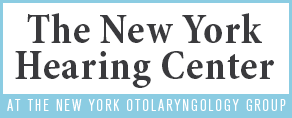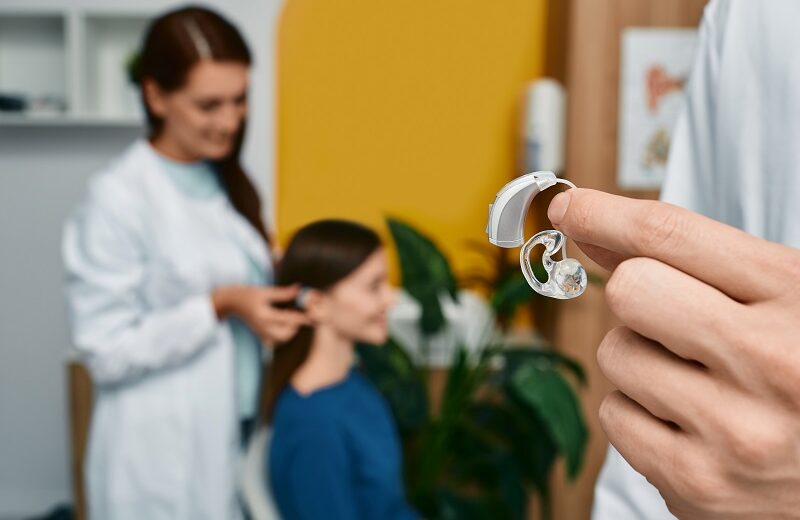If you have experienced dissatisfaction with the performance of your hearing aids, you are not alone. It is essential to understand that hearing aids may require some additional care to ensure they function optimally according to your individual needs. Should you find that your hearing devices are not delivering the desired performance, there are a few maintenance steps you can take to help improve your hearing aids performance.
Maintaining your hearing aids in excellent condition is essential not only for the longevity of the devices but also for preserving your overall quality of life. Many users encounter challenges that can impact their daily activities; however, several practical solutions can be implemented at home. These measures can help improve your hearing aids performance before looking for a professional repair service or an upgrade.
How to Improve the Performance of Your Hearing Aids
Cleaning Your Devices
Maintaining the optimal performance of hearing aids requires regular cleaning. The accumulation of dust, earwax, and moisture can adversely affect sound quality. Below are several recommended steps to ensure proper care and functionality of your hearing aids:
Daily Maintenance: To ensure the longevity and proper functioning of your hearing aids, make sure to gently wipe them down each day with a soft, dry cloth. Abstain from using water or alcohol-based cleaners, as these can damage the electronic components.
Maintaining Optimal Performance: Utilize the small cleaning brush that often accompanies hearing aids or cleaning kits. This brush can assist in gently removing any wax or debris from the microphone ports, ensuring that your device functions effectively.
Moisture Management: Use a dehumidifier or a specialized drying box designed for hearing aids to ensure the safe removal of any moisture. Even a small amount of liquid vapor in the air or contact with sweat can have a detrimental impact on electronic components.
Implementing these measures can help mitigate performance issues and enhance the longevity of your hearing aids.
Changing Wax Guards or Ear Domes
You may need to replace ear domes or wax guards if cleaning does not adequately address the issue. Over time, these small components can become clogged or deteriorate, which can negatively affect sound clarity.
Wax Guards: These specialized filters play a crucial role in preventing wax from entering your hearing aids. It is advisable to inspect them every few weeks and replace them if they appear to be clogged. For detailed instructions on how to change these components, please refer to your hearing aid manual, as the method may vary between different models.
Ear Domes: Evaluate the condition of the ear domes for any signs of wear and tear. If they exhibit brittleness or deterioration, consider replacing them. This is generally a straightforward procedure that can be performed independently by sourcing replacement domes from your hearing aid supplier.
By keeping these parts in good condition, you’ll help make sure your hearing aids are functioning correctly and providing optimal sound quality.
Hard Reset (Factory)
At times, it may be necessary to reset the software of your hearing aids to address persistent issues. While a factory reset can be a practical solution, it is crucial to understand that this will restore your hearing aids to their original settings and may result in the loss of any personalized adjustments.
Check the Manual: Before proceeding, please take a moment to review the manual or consult with your hearing aid provider. Each model features a distinct reset process, and it is essential to adhere to the specific steps applicable to your device. Thank you for your attention to this critical matter.
Save Your Settings: If your hearing aids can link to an app on your phone or computer, it is advisable to back up your settings before initiating a factory reset. This step can significantly minimize potential inconveniences following the reset process. By taking these precautions, a factory reset can serve as an effective troubleshooting measure, ensuring that your hearing aids perform at their best.





